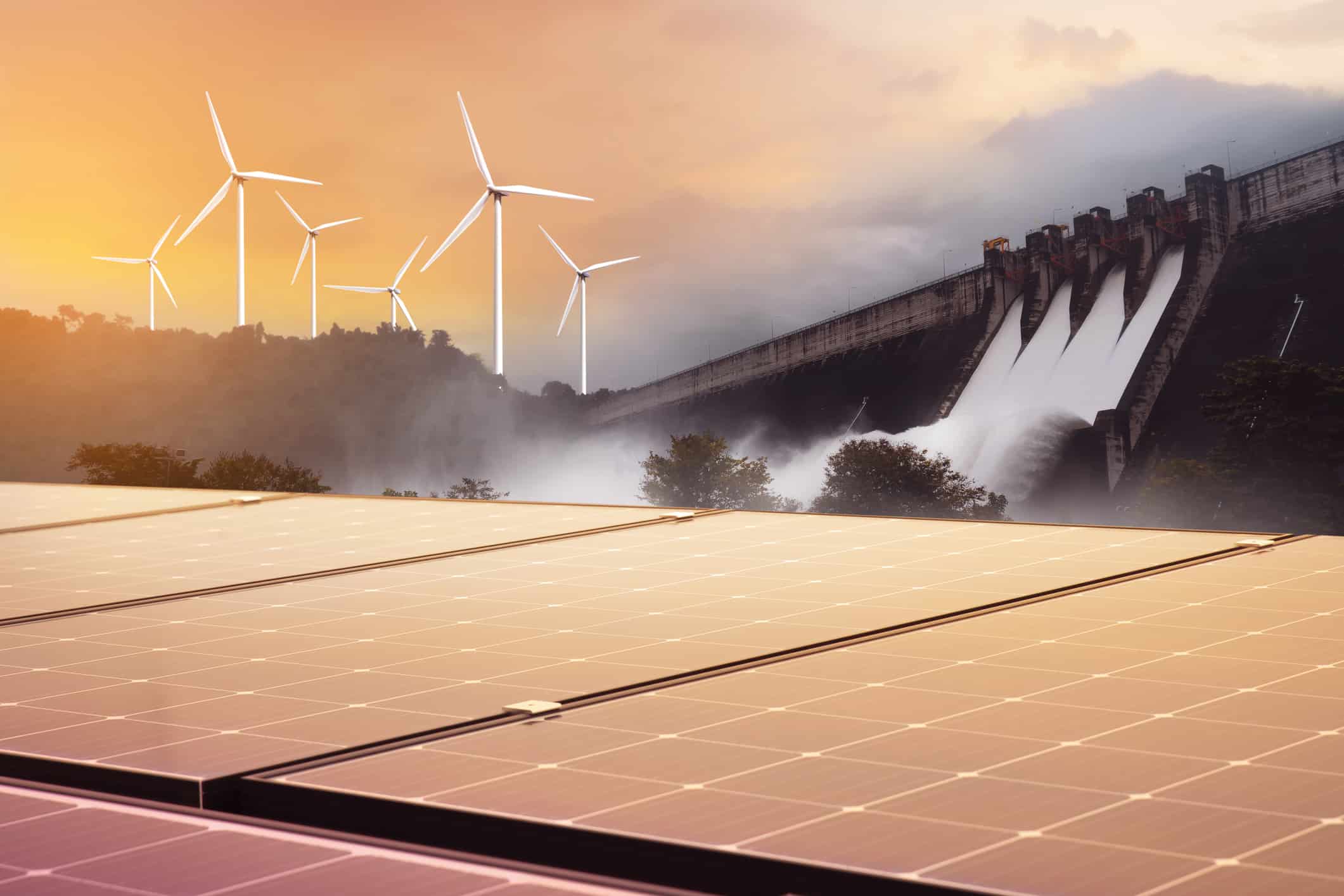
The Road to Sustainability: Types of Renewable Energy
With every passing day, the need to take serious action to limit climate change grows more urgent. The USA’s contribution to the battle for the health of the planet is rated as Insufficient by the independent Climate Action Tracker, so more work needs to be done – and a big part of that will be accelerating the shift towards renewable sources of energy.
What is renewable energy?
An energy source is considered renewable if it is replenished more quickly than it is consumed. This is in contrast to fossil fuels – the coal, oil, and gas that have slowly built up across the planet for millions of years and harvested by humans in a much shorter period than that.
Burning fossil fuels to generate energy creates a huge quantity of greenhouse gas emissions; it is the biggest contributing factor to the climate crisis. The more we switch to renewable sources, then, the better.
Types of renewable energy
One of the best-known renewable energy sources is sunlight. It’s something we cannot exhaust – indeed, the amount of sunlight reaching the Earth each day utterly dwarfs the entire planet’s energy requirements for that day – so being able to convert it into solar power represents a sustainable adjustment to humanity’s ways. Solar power generation hit a new peak in the US in 2022 but there’s plenty of room to expand it further.
Solar energy is often mentioned in the same breath as wind power, which uses turbines to turn the kinetic energy of wind into electricity. It has some limitations – variable wind speeds across regions means that some locations are much better suited for wind turbines than others – but, like solar, there’s more for us to harness than we could ever need to use.
We’re also getting better at maximizing what we do generate, with DC/AC inverters that can optimize power output for both solar panels and wind turbines.
Other renewable sources include hydropower – similar to wind power in that it turns kinetic energy into electricity, but this time by moving water from rivers and reservoirs – and geothermal energy, which taps into the heat found inside the Earth itself.
We can also see more direct alternatives to the burning of fossil fuels in the practice of burning biomass – natural materials like plant matter, animal dung, and so on.
How they help the environment
The Paris Agreement of 2015 set a global target to prevent the world’s average temperature from increasing by more than 2°C, and to within 1.5°C if possible, in order to limit the devastation that is already being caused by climate change. With fossil fuels being the primary contributor to that rise in temperature, any alternative way to generate power is an improvement for the environment.
That’s why solar, wind, hydropower, and more, must continue to expand.